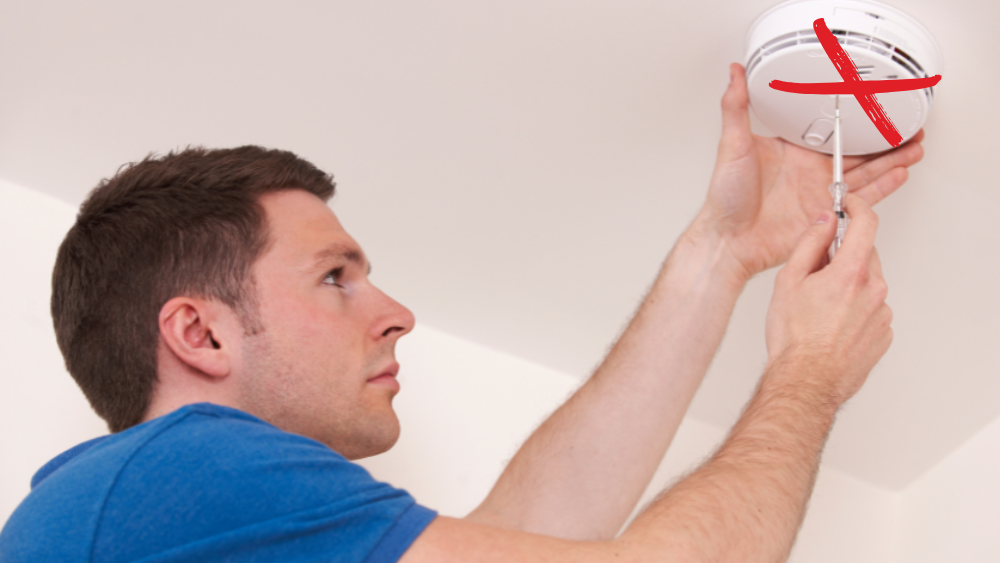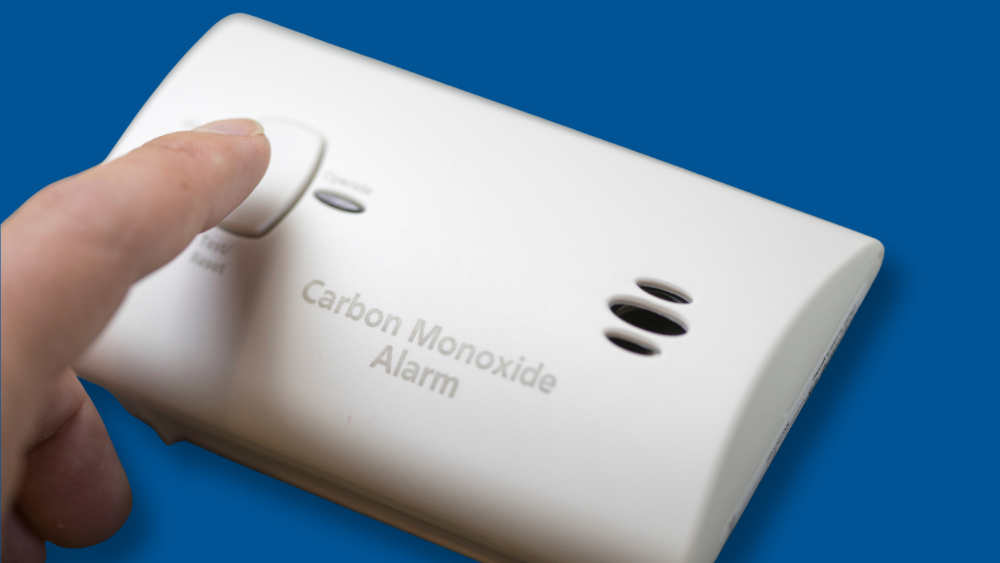Protect Your Home from the “Silent Killer”
When it comes to home safety, one of the most overlooked threats is also one of the most dangerous: carbon monoxide. This invisible, odorless gas can build up without warning, especially in homes that use propane, natural gas, wood, or oil for heat and cooking. Whether you’re firing up your furnace in winter or using a generator during a power outage, understanding carbon monoxide risks—and how to detect and prevent them—is critical. We’ll walk you through the key facts about CO poisoning, the best places to install detectors, and easy ways to keep your home and loved ones safe.
What Makes Carbon Monoxide a “Silent Killer”?
Carbon monoxide (CO) is a colorless, odorless gas produced by incomplete combustion of fuels like gas, propane, oil, wood, or charcoal. Because it can’t be detected by smell or sight, accidental exposure sends over 100,000 people to U.S. emergency rooms annually and causes about 400 unintentional deaths each year
Early Warning: Recognize the Signs of Carbon Monoxide Poisoning
Carbon Monoxide poisoning symptoms often mimic flu or food poisoning, making them easy to overlook:
- Mild exposure: headache, dizziness, nausea, fatigue, weakness, brain fog or confusion
- Moderate to severe exposure: chest pain, shortness of breath, impaired judgment, loss of consciousness, seizures
- Severe exposure: Without intervention, high levels can lead to coma or death within minutes
Recommended Placement:
- One detector on every level of the home, including basements and attics if occupied
- Inside or just outside every sleeping area
- Near—but not right next to—fuel-burning appliances, like gas stoves, furnaces, and fireplaces (at least 15 feet away to avoid false alarms from normal appliance operation)
- In hallways near attached garages, where vehicle fumes may enter the home
- Ideal Height: Unlike smoke, carbon monoxide disperses evenly and does not rise. Detectors work best when mounted:
- At eye level or about 5 feet from the floor, especially in bedrooms
- NOT on the ceiling, unless otherwise specified by the manufacturer

Many dual-purpose smoke/CO detectors are ceiling-mounted, but this may delay CO detection, especially if vents or air currents interfere with sensor accuracy . Separate, dedicated CO detectors installed lower can offer faster warnings in living spaces.
Stay safe with these essential CO prevention practices:
- Schedule annual inspections – Have all fuel-burning appliances, chimneys, vents, and flues professionally inspected every year.
- Use appliances properly – Never use ovens, grills, or camp stoves inside. Always run generators outdoors, at least 20 feet away from windows or doors.
- Maintain proper ventilation – Ensure chimneys and exhaust vents are clear of leaves, bird nests, or snow.
- Don’t idle your car in the garage – Even with the garage door open, CO can seep into living spaces.
- Understand and maintain your detectors
- Test alarms weekly
- Change batteries twice a year (spring and fall)
- Replace units every 5–7 years or per manufacturer instructions
What to Do if Your Carbon Monoxide Alarm Sounds
- Evacuate immediately – Don’t waste time locating the source.
- Call 911 or your utility provider once safely outside.
- Do not re-enter until professionals declare it safe.
- Open windows only after evacuating to avoid prolonged exposure during investigation.
Quick Carbon Monoxide Safety Checklist
| Task | Recommended Action |
| CO Alarm Placement | One per level + near bedrooms |
| Alarm Height | Eye level / 5ft above floor |
| Battery Test | Weekly |
| Detector Replacement | Every 5-7 years |
| Appliance Servicing | Annually |
| Generator Use | Outdoor, 20+ ft away from house |
| Idle Car Warning | Never idle in a garage |
Implementing proper carbon monoxide safety tips, ensuring correct detector placement, and recognizing signs of Carbon Monoxide poisoning can save lives. Take a few moments today to test your detectors, check appliance safety, and stay one step ahead of this silent threat.
Sources:
https://www.nfpa.org/education-and-research/home-fire-safety/carbon-monoxide
https://www.adt.com/resources/carbon-monoxide-detector-placement
